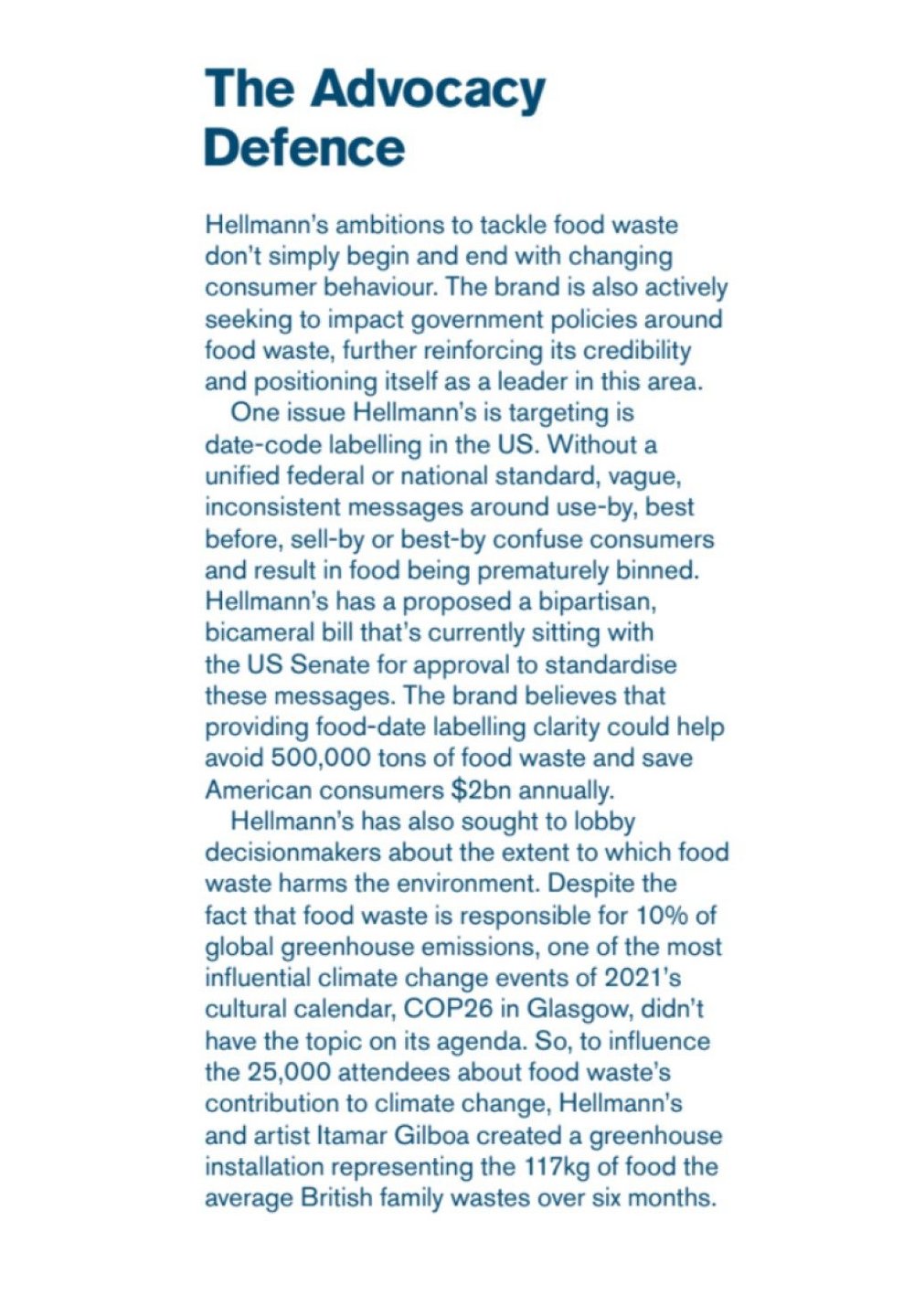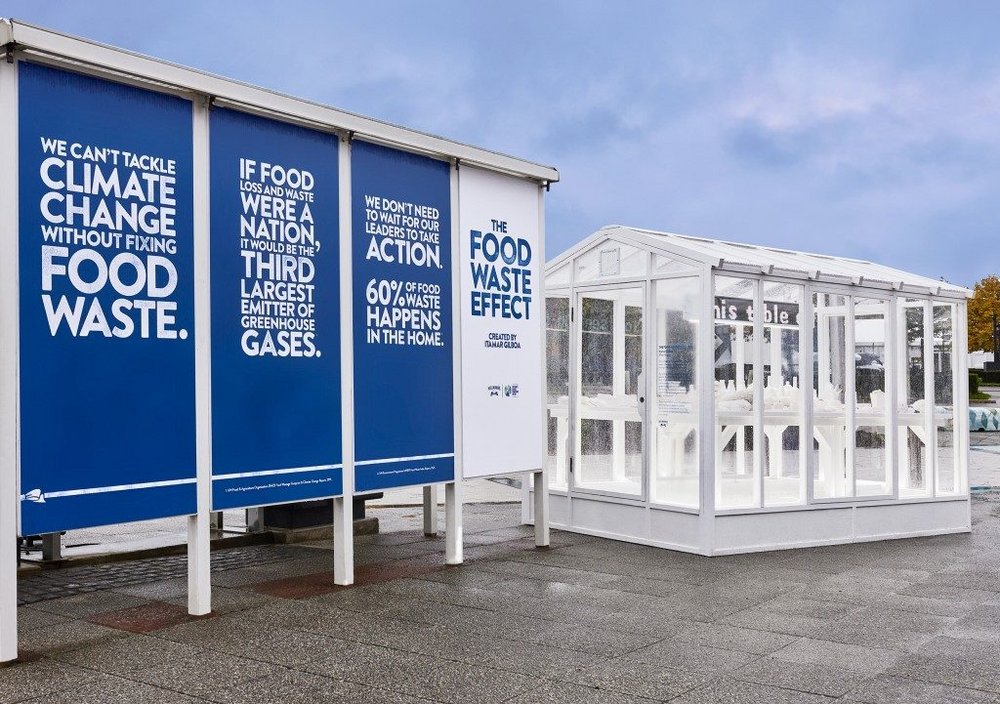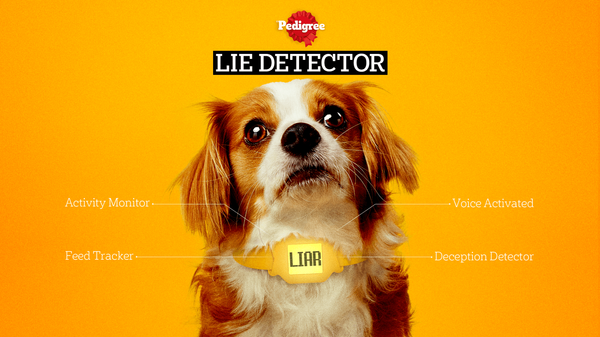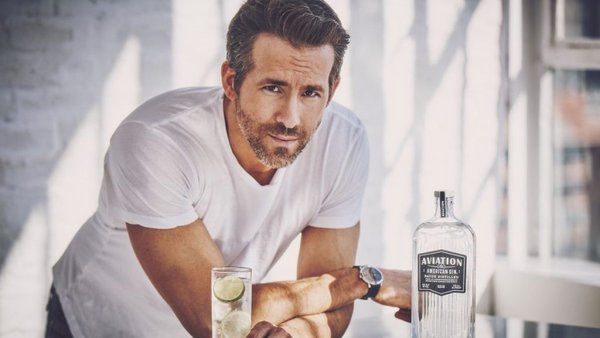
At a glance /
- Since 2018, Hellmann’s has focused its attention on tackling global food waste. According to its agency WPP Ogilvy, this is a response to the consumer-driven demand for brands to act more responsibly in the world and enables the brand to create a point of differentiation
- Hellmann’s purpose around food waste prevention works for the business because it is built from the product truth that mayo can help turn leftovers into new and tasty meals
- By convincing people to waste less through consuming more mayonnaise, Hellmann’s can grow the whole product category and its own sales
- Since adopting the Make Taste, Not Waste brand platform, Hellmann’s has increased year-on-year sales by 10% in 2020 and 11% in 2021 – while also inspiring 200 million people to be more resourceful with their food
In January 2022, one of Unilever’s biggest shareholders launched a scathing attack on the FMCG giant, blaming its underwhelming financial performance on management that is obsessed with ‘publicly displaying sustainability credentials at the expense of focusing on the fundamentals of the business’.
In his annual letter to investors, Fundsmith CEO Terry Smith, directed his exasperation at one of Unilever’s 400 brands in particular, remarking: ‘A company which feels it has to define the purpose of Hellmann’s mayonnaise has in our view, clearly lost the plot.’
The letter sparked fresh debate around the value of brand purpose, and Hellmann’s – which four years ago set out to tackle global food waste – was put under the spotlight. If Hellmann’s has ever had a purpose in its over 100-year history, quipped Smith, it was ‘spoiler alert – salads and sandwiches’.
Jo Bacon, WPP Ogilvy
Everything serves a purpose
However, according to Hellmann’s, positioning itself around preventing food waste has already paid dividends. Since adopting this strategic direction, Hellmann’s reports that its global dressing sales grew 10% year-on-year in 2020, 11% in 2021, and are already up 15% in Q1 of 2022. By inspiring 200 million people worldwide to be more resourceful with their food, Hellmann’s has also cemented itself as one of Unilever’s fastest growing brands.
Unilever, and by extension Hellmann’s, is committed to making sustainable living commonplace. As part of the company’s Sustainable Living Plan, launched in 2010, it has sought to inject its brands with a sense of social purpose and responsibility because it considers this to be the just and smart thing to do. As Unilever describes it: ‘We believe that the winning businesses of tomorrow will be those which anticipate and respond to the huge changes shaping people’s lives across the world.’

Brands with agency
Terry Smith may have clout, but he is missing the point, according to Jo Bacon, global lead at WPP Ogilvy, one of Hellmann’s key creative agencies. ‘Brand purpose is coming from a consumer-driven need, with consumers asking brands which have massive platforms and global scale like Hellmann’s to have some responsibility to do better in the world, to change lives and think about society more broadly,’ says Bacon.
Research from PR consultancy Edelman, which has played an instrumental role in helping Hellmann’s investigate consumer attitudes towards food waste, reveals just how significant this consumer demand for responsible brands is. As Katy Evans, group client director at Edelman, tells Contagious, 64% of consumers consider themselves ‘belief-driven buyers’, which results in them ‘buying into a brand, then buying from a brand because of the stance they take in the world’.
For a brand like Hellmann’s its purpose acts as a key differentiator when a shopper is making decisions in the grocery aisle. ‘If people like Hellmann’s more, they will buy more from us,’ says Evans. ‘It’s not a wholly selfless task. It’s about what we fundamentally believe will drive brand growth.’ And as category growth is Hellmann’s key business objective, the brand is focused on getting existing mayonnaise customers to purchase and use Hellmann’s more often.

Taste test
Before it leaned into food waste prevention, Hellmann’s key differentiator was around taste and quality, and the marketing team was adamant about holding on to this. ‘We needed to ruthlessly protect and guard our focus on taste and quality,’ says Elham Noorbakhsh, global brand director of Hellmann’s. ‘If we lose those two, we’re eventually out of business.’
No big surprise for an iconic food product, but taste has always been a key part of what made Hellmann’s stand out. When Richard and Margaret Hellmann ran their New York deli, which opened in 1913, the mayonnaise they used in their sandwiches and salads was so popular that customers started requesting the sauce on its own. It became such a hit that the couple closed the deli and focused exclusively on manufacturing their sauce, with the ambition of ‘democratising deliciousness’ for all.

Up until 2018, Hellmann’s strategy to drive brand growth was a focus on leftovers, presenting mayonnaise as the secret ingredient to make them taste great. ‘When you think about things like the Boxing Day turkey sandwich or a leftover casserole from Thanksgiving – some of the most iconic Hellmann's recipes have actually been made from leftovers and turned into something tasty,’ says Hellmann’s global brand VP Christina Bauer-Plank.
Side-stepping from leftovers to preventing food waste was just a ‘potentially bigger, more obvious, clearer articulation of essentially where we’ve always been’, explains Evans. Given that one-third of all food produced for human consumption globally goes to waste, contributing to four times more greenhouse emissions than global aviation, ‘bigger’ is right. But it’s the ‘clearer articulation’ part that explains how Hellmann’s could rightfully tackle food waste: ‘Brands should look for purpose by staying true to the product truth and category benefits,’ says Bauer-Plank. ‘That is so fundamental, but also sometimes not always obvious. If you know and understand the role you play in the world with your brand and your product, where these come together to become one, that’s where purpose can become such a powerful strategy that is right for your business and right for the world.’
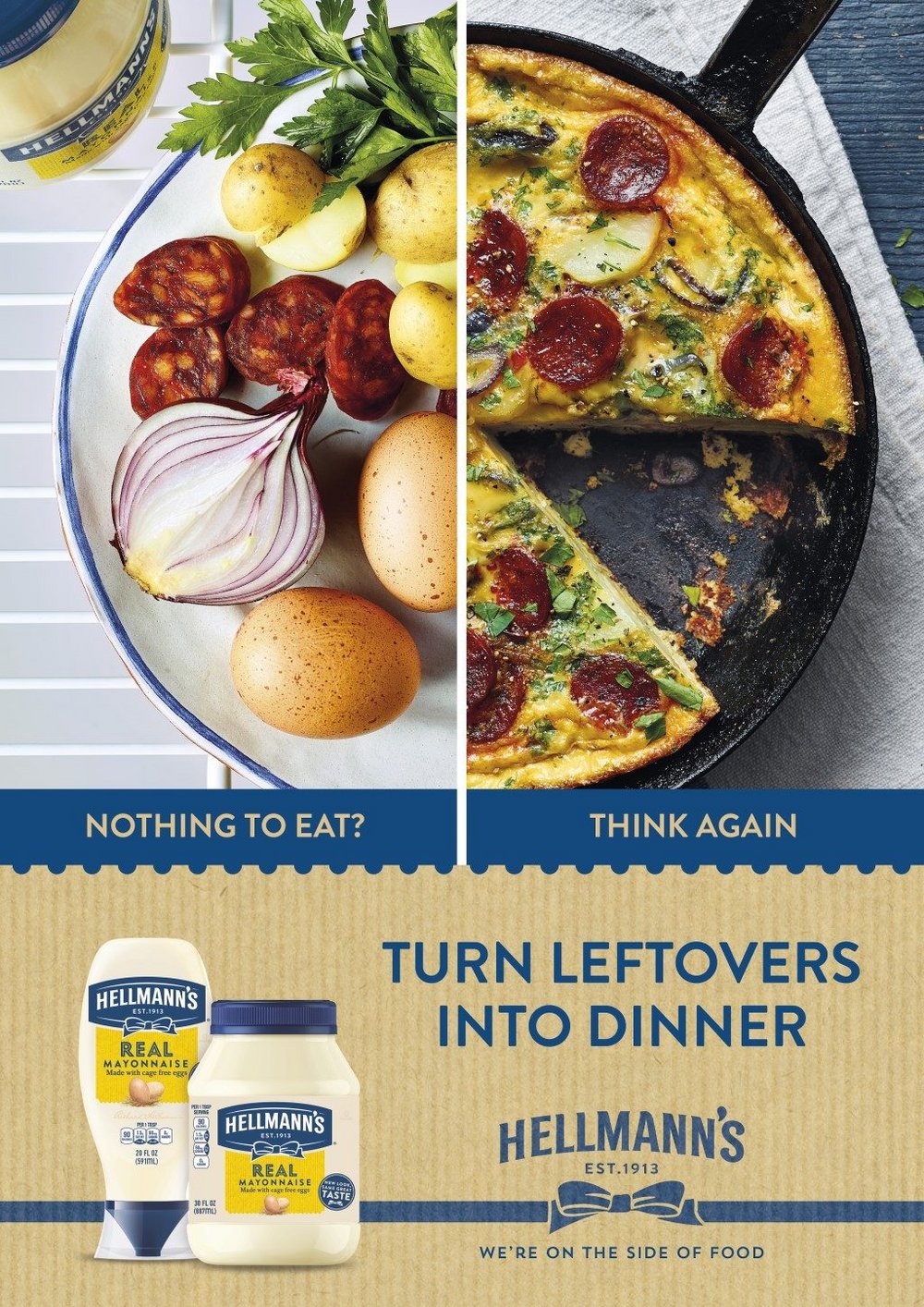
Extra helpings
Having established a meaningful connection to a worthy cause, Hellmann’s needed to prove that it could make a real difference. ‘We couldn’t go out there and say, “Hellmann’s is reducing household food waste” if we didn’t demonstrate that we understood the consumer mindset around household food waste to begin with,’ explains Evans.
To achieve this credibility, Hellmann’s commissioned a study with Edelman and behavioural economics consultancy BEWorks, Toronto, to learn the best ways for Hellmann’s to help people reduce food waste at home. The study started with 1,000 households across Canada (and was then repeated in the US) to understand the psychology and behaviours around why, where, when and how food waste was happening.
The insights from this research inspired Hellmann’s creative platform, Make Taste, Not Waste, a springboard for campaigns developed by WPP’s network of agencies – primarily Ogilvy and Wunderman Thompson – in the brand’s key markets of the UK, US, Canada and Brazil.
Spread the good word
One of the most ground-breaking insights from the research was that consumers simply don’t think that food waste is prevalent in their homes, when in reality more than 60% of global food waste happens there, says Bauer-Plank.
As such, Hellmann’s has focused its recent marketing on educating people about how much food is wasted at home. In April 2019, for instance, Hellmann’s launched a two-day pop-up restaurant with Michelin-starred chefs in São Paulo, where all the ingredients were sourced from the fridges of the attendees. According to Ogilvy UK, the agency behind the initiative, the Restaurant With No Food saved 2,700 ingredients from the bin, generated 50 million impressions and increased sales by 8%.
When campaigns like these are done right, they don’t just increase public understanding of the issues of food waste, but also link those messages back to Hellmann’s mayonnaise. Another great example of this in action is The Endless Recipe from September 2019. The one-day campaign brought together eight of Argentina’s biggest live cooking TV shows, and got them to only use leftover ingredients passed from one programme to the next.

The partnership also extended to 50 restaurant chains in Argentina, which all changed their menus to ensure they were 100% waste free for the day. According to Wunderman Thompson Argentina, Buenos Aires, the campaign increased Google searches of ‘how to reuse food with Unilever products’ by 14%, in addition to achieving $11m in PR value, reaching 1.2 million viewers and resulting in 42 million impressions.
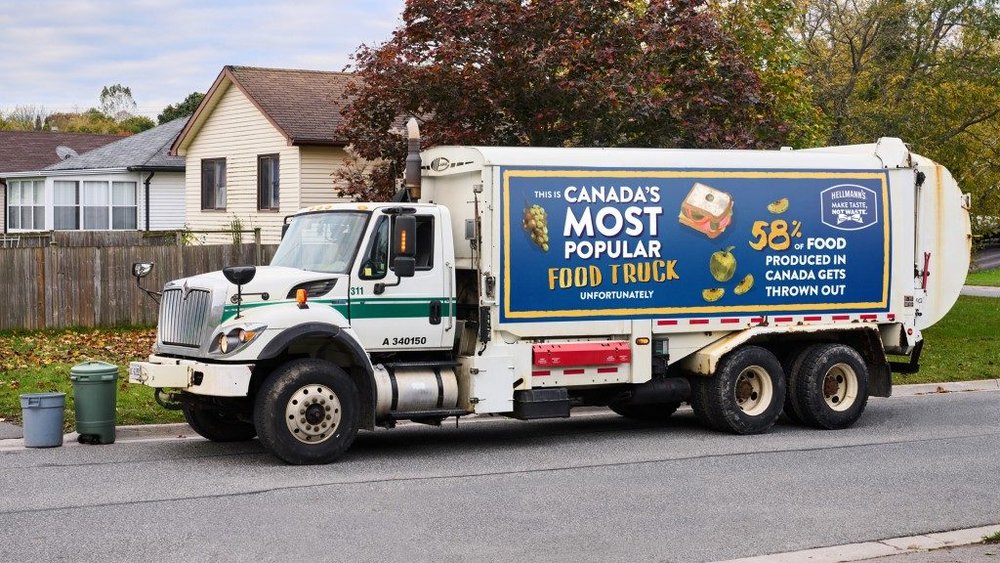
Stats entertainment
Being armed with food waste data and research has empowered Hellmann’s to act, but the brand has also found creative ways to make these striking facts really hit home. In Canada, Hellmann’s, with Ogilvy Toronto and Edelman, latched on to the stat that 58% of food produced ends up in the bin, and brought it to life by printing it on garbage trucks in the city of Peterborough, Ontario.
In 2018, another campaign centred around the revelation that Canada creates enough food waste every minute to feed an entire stadium. To illustrate this, Hellmann’s and Ogilvy Toronto offered all attendees at a BMO Field Stadium football game in Toronto free food, before revealing at half time that the meals had been made from local grocery store produce that had been destined for the bin. The brand then introduced Real Food Rescue, an initiative that collects leftover food from stadium events and donates it to food banks.
Christina Bauer-Plank, Hellmann’s
Taking stock
One of the most illuminating revelations gleaned from Hellmann’s research is that the fridge is the epicentre of all food waste – as more than 80% of all household food waste comes from ingredients that slowly go off in fridges and are then thrown out.
‘We call it fridge blindness,’ says Bauer-Plank, describing how people commonly open their fridge, see ‘nothing’ and then order takeout or buy more food. This has become a focal point in Hellmann’s marketing because it seemed to be a universal behaviour, explains Noorbakhsh: ‘No matter who we presented this insight to, there was not one consumer out there that would say “No, no, this is not me.”’
Drawing on this, in April this year, the brand and agency Wunderman Thompson, New York, created outdoor ads that showed a jar of Hellmann’s mayonnaise in a stocked fridge of commonly wasted food items. Hidden among the ingredients was a Post-it note saying ‘Congrats for seeing more in your fridge’ and a number to text for a chance to win $1,600.’
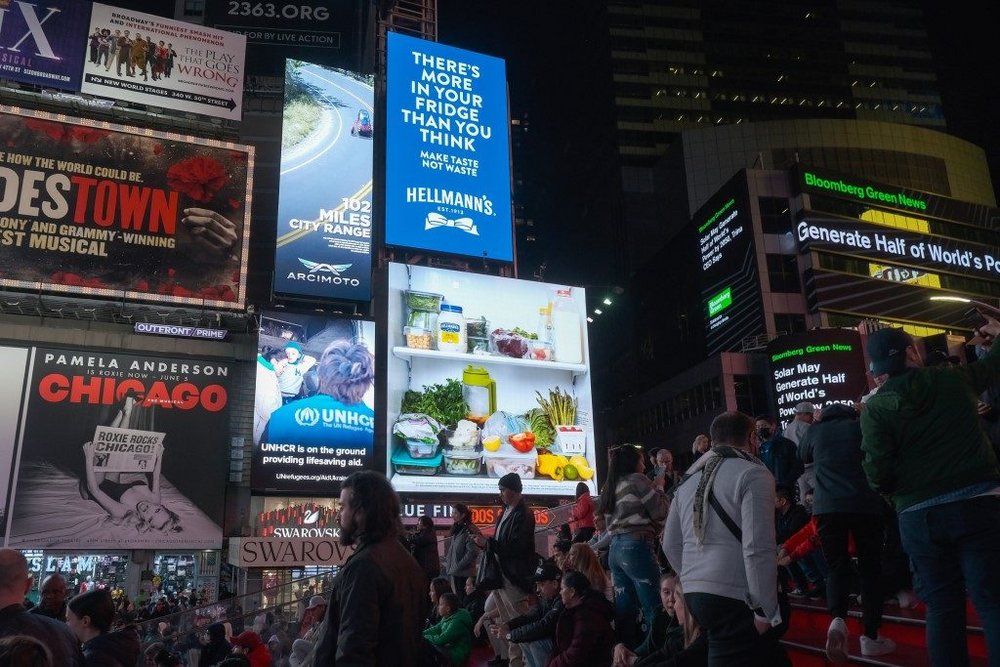
Throughout the week-long campaign where the ad featured in dozens of out-of-home locations throughout New York – including a gigantic Times Square billboard – not a single person texted the number. The agency reports that this reveal resulted in more than 4.2 million media impressions and successfully highlighted how guilty people are of overlooking what’s in their fridge.
Stirring stuff
It’s simply not enough to tell consumers that they have a problem with food waste, Hellmann’s found that inspiration and providing the tools to stop wasting food was equally important. ‘People often have good intentions and want to make a positive difference, but they become overwhelmed and don’t know how they personally can contribute,’ says Bauer-Plank. ‘No one ever sets out wanting to throw food away.’
To date, Hellmann’s most effective solution at curbing food waste has been to encourage households to dedicate a certain day of the week to using up all of their leftovers to make a meal. In a five-week 2020 Hellmann’s study in Canada doing just that, people reduced their household food waste by as much as a third. Hellmann’s first global brand campaign of the Make Taste, Not Waste platform brought this strategy to life in 2021 by creating a fun TV ad that featured people using mayonnaise to transform their leftovers into meals such as potato salad and fajitas. The Turn Nothing into Something campaign, developed by Ogilvy, was rolled out in the UK, US, Canadian and Brazilian markets using different talent, recipes and aesthetics for each territory.
Hellmann’s followed this ad up later that year with Fridge Night, a behavioural change app and e-booklet that inspires consumers to create achievable recipes using leftovers. These meals were branded as ‘Flexipes’, with each requiring just three ingredients (one carbohydrate, one protein and one fruit or vegetable) combined with either a sauce or spice to bring them together.
Regan Warner, global creative director at Ogilvy, says that people who use the Fridge Night programme could eventually become brand advocates: ‘As soon as you do something once, it creates a consciousness around behavioural change. Those people will then start to tell their friends and family about preventing food waste in their household.’

Jo Bacon, WPP Ogilvy
Field goals
To have the greatest effect on food waste as possible, Hellmann’s has become more tactical about when it activates. Targeting the Super Bowl as one of biggest periods for food waste in the US (beaten only by Thanksgiving and Christmas), the brand lined up its Make Taste, Not Waste message for the sporting event.
Of the $80 that the average American spends around the Super Bowl, 77% goes to food and drink, according to the National Retail Association. ‘If we really are a brand that believes in reducing food waste and making an impact, why wouldn’t we talk about it during a key moment in time where we know food is going to waste?’ says Daryl Giannantonio, executive strategy director at Wunderman Thompson.
Ahead of its first Super Bowl spot in 2021, the brand released a 15-second teaser online featuring comedian Amy Schumer wearing golden wings and buying an extreme amount of Hellmann’s at a grocery store. On game day, Schumer was introduced in the ad as the Fairy God Mayo, magically turning leftovers into meals.
The light-hearted, funny and not overtly critical tone of the ad was carefully crafted, says Bacon: ‘We don’t think it’s engaging for people to be told off and made to feel guilty about wasting food. That doesn’t open people’s minds to behavioural change or become as memorable as entertainment, engagement and inspiration does.’
Humour was also central to the brand’s 2022 Super Bowl campaign, which featured line-backer Jerod Mayo literally tackling people, including a woman on crutches and comedian Pete Davidson, in their homes as they’re wasting food.
Wunderman Thompson, New York, reported that Mayo Tackles Food Waste doubled its projected sales goals less than a week post-game day, generated 6.6 billion total campaign impressions and had the highest consideration increase (likelihood to purchase) of all brands at the Super Bowl.

Switching it up
Hellmann’s doesn’t just need to focus on the future of the planet, it also needs to focus on the future of its business. While older consumers will proudly say ‘I’ve always used Hellmann’s and I always will use Hellmann’s’, according to Warner, the younger foodie generation is not as loyal. ‘We need to make sure that millennials and Gen Z are also thinking about choosing Hellmann’s, then kids even younger than that are exposed and considering it,’ she explains. ‘Hellmann’s needs to be relevant because this passing down has got to keep on going forever.’

To connect with this younger audience, in 2020 Hellmann’s found a food waste problem that they could relate to. In Nintendo Switch game Animal Crossing: New Horizons, one way for players to earn in-game currency is by playing the Stalk Market – buying and selling turnips. But if players hold on to the turnips for over a week, they spoil and become worthless. Hellmann’s and Ogilvy Toronto created a branded island in the game to link this virtual wastage to real-world action. Players could bring their spoiled root veg to the island, and in exchange a real meal was donated to vulnerable communities across Canada.
The Virtual Food Waste campaign was extended for Halloween in North America and Christmas in the UK. According to Hellmann’s, the activation achieved its goal of collecting 100,000 turnips across all of the iterations and led to 84% of participants saying the digital experience had encouraged them to change their actual behaviour.
Jo Bacon, WPP Ogilvy
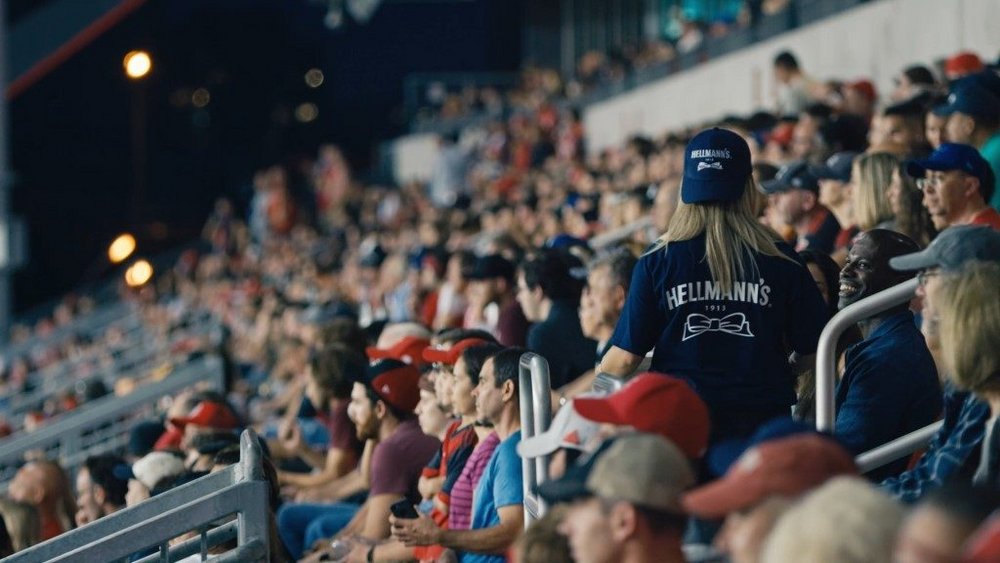
Take aways
For the team responsible for Hellmann’s marketing, there is no question that Terry Smith is wrong: having a strong purpose has been invaluable in helping the brand achieve growth. ‘What Smith is missing is how much business benefit purpose drives when you do that consistently over time,’ says Bacon. ‘The fact that Terry Smith is talking about the purpose at the heart of Hellmann’s means that he knows that there is a purpose at the heart of Hellmann’s.’
Hellmann’s has demonstrated that for purpose to be used as a strategic tool, it helps for it to be intrinsically linked to the brand’s category benefit or product truth. The brand is not just encouraging people to waste less food, it’s positioning its product as the tool to help them do that by making leftovers tastier, which in turn increases product consumption and boosts sales.
Undoubtedly, Hellmann’s focus on taste and quality is what has helped it grow into a $1bn brand over the past century, earning a place in more than 500 million households worldwide and reaching the number one mayo spot in more than 65 countries. But the new ingredient of purpose is what Hellmann’s hopes will become as synonymous with the brand as taste has been since its deli days in New York.
